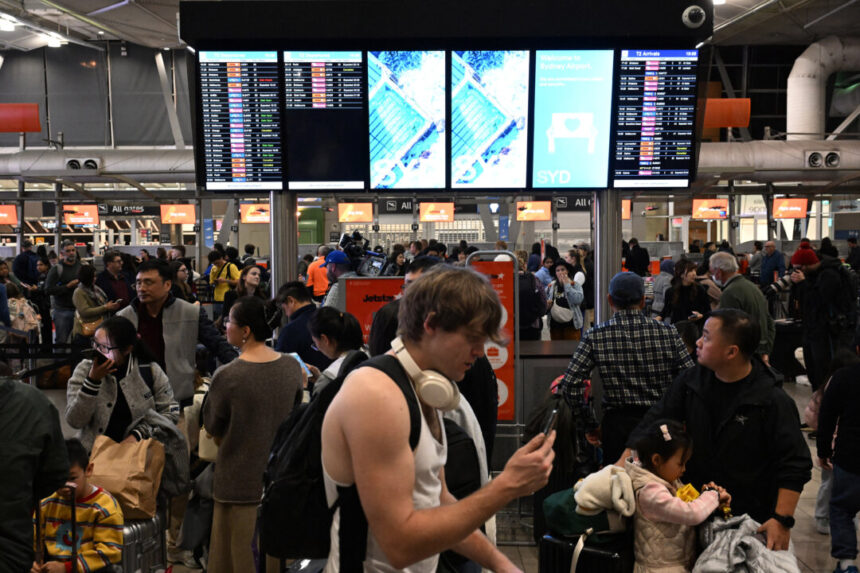Research conducted by the Institute of Public Affairs (IPA) revealed that the majority of migrants coming to Australia are choosing to settle in Melbourne and Sydney, with 57 percent opting for these two cities. The analysis of Australian Bureau of Statistics (ABS) data further showed that 83 percent of all new migrants are making their homes in one of the nation’s capital cities.
Specifically, the data indicated that 29.3 percent of migrants settled in Sydney, 28.2 percent in Melbourne, 9.9 percent in Perth, and 9.4 percent in Brisbane. Additionally, 5.4 percent chose Adelaide, 1.6 percent the Australian Capital Territory (ACT), and 0.6 percent either Hobart or Darwin. Beyond the capital cities, 6.3 percent of migrants settled in regional Queensland, 4.3 percent in regional New South Wales, and 2.3 percent in other parts of Victoria.
IPA Senior Research Fellow Kevin You expressed concerns about the livability of Australia’s capital cities, attributing the strain to years of record mass migration without proper planning. He emphasized the pressure on social services, congestion on roads and public transport, and the lack of a clear strategy to address these challenges.
You also highlighted the issue of affordable housing, noting that high housing prices in Australia are hindering access to home ownership for many. He criticized the government for not building enough homes for both first-home buyers and new arrivals, warning that the current migration program could lead to economic and social repercussions.
The ongoing debate on immigration levels in Australia has intensified, with Shadow Treasurer Angus Taylor advocating for immigration rates to align with the country’s capacity to build homes. ABS statistics revealed a significant net annual gain in population due to migration, prompting calls for a more measured approach to immigration policies.
In response to the concerns raised, the Albanese government announced measures to cap the number of new international students in 2025 and encouraged universities to invest in student housing. These initiatives aim to address the challenges posed by population growth and migration trends in Australia.
The debate surrounding migration’s economic impact continues, with different political parties and stakeholders offering varying perspectives on the issue. As Australia grapples with the implications of its migration policies, the need for a comprehensive and sustainable approach to managing population growth remains a key focus for policymakers and the public alike. Could you please rephrase that?
Source link






